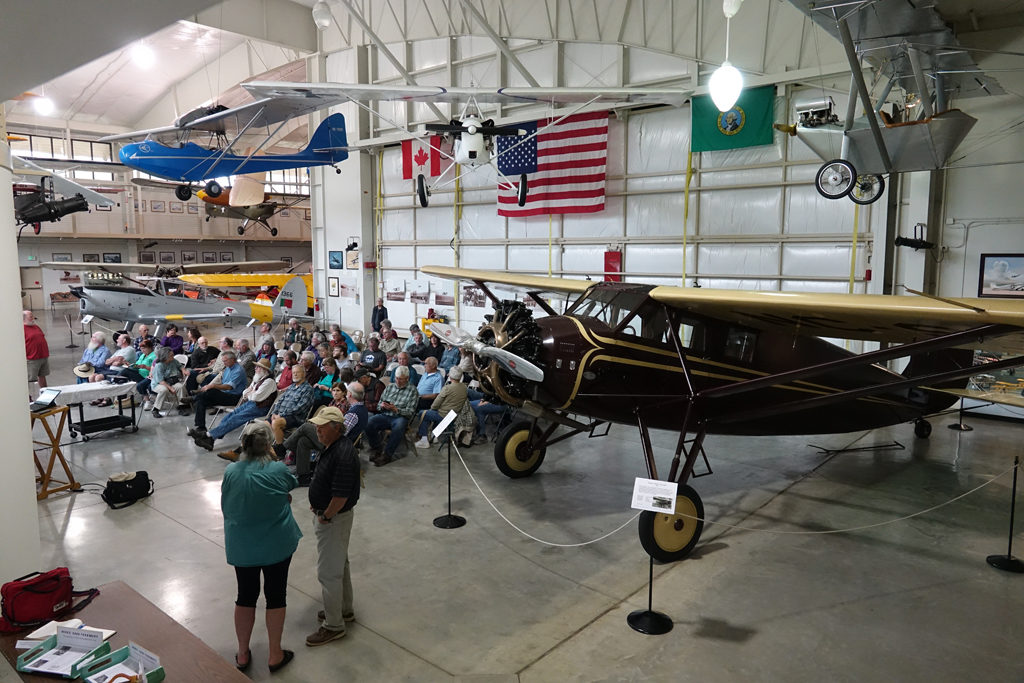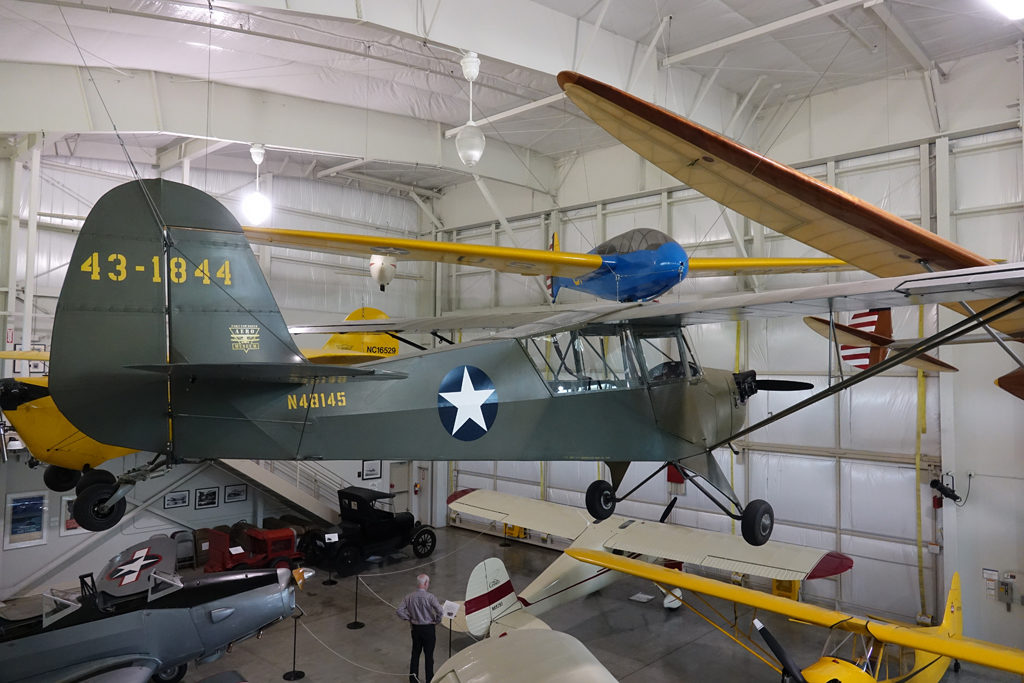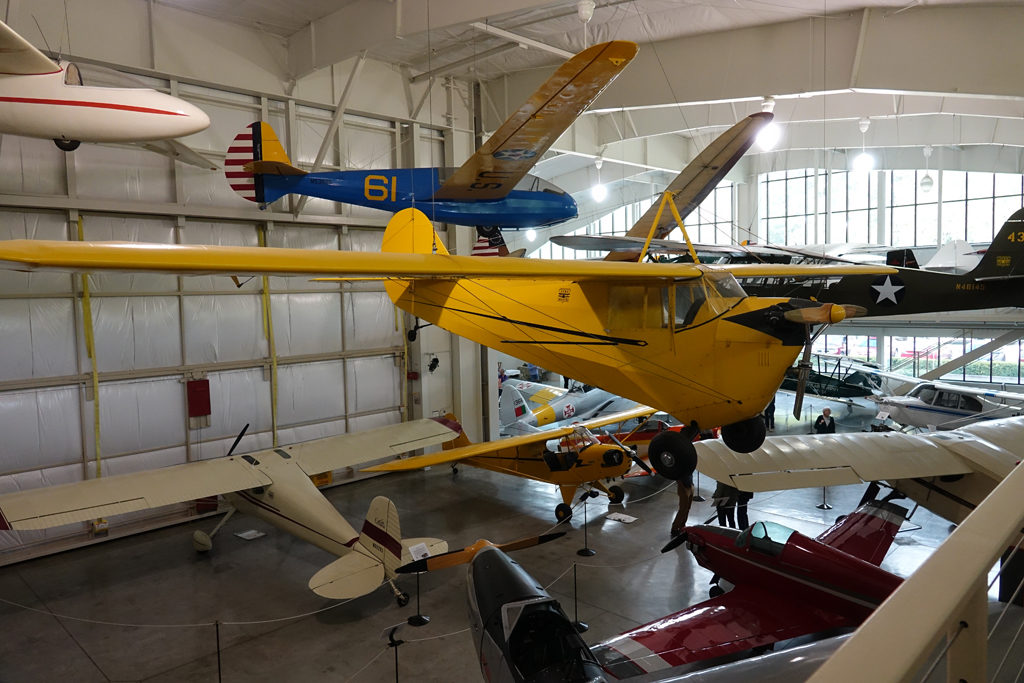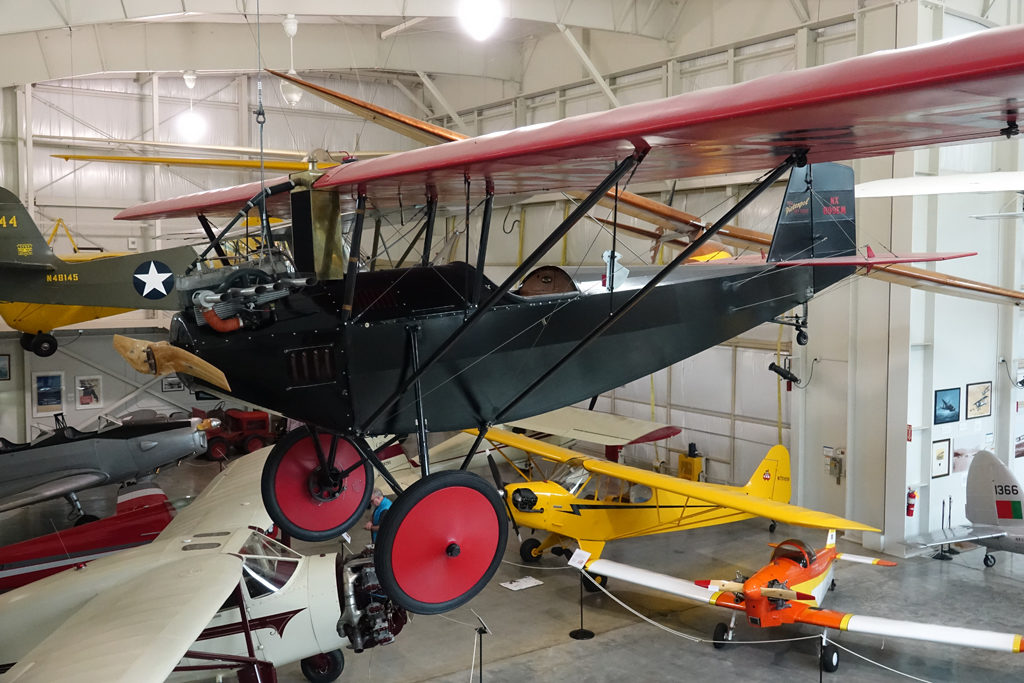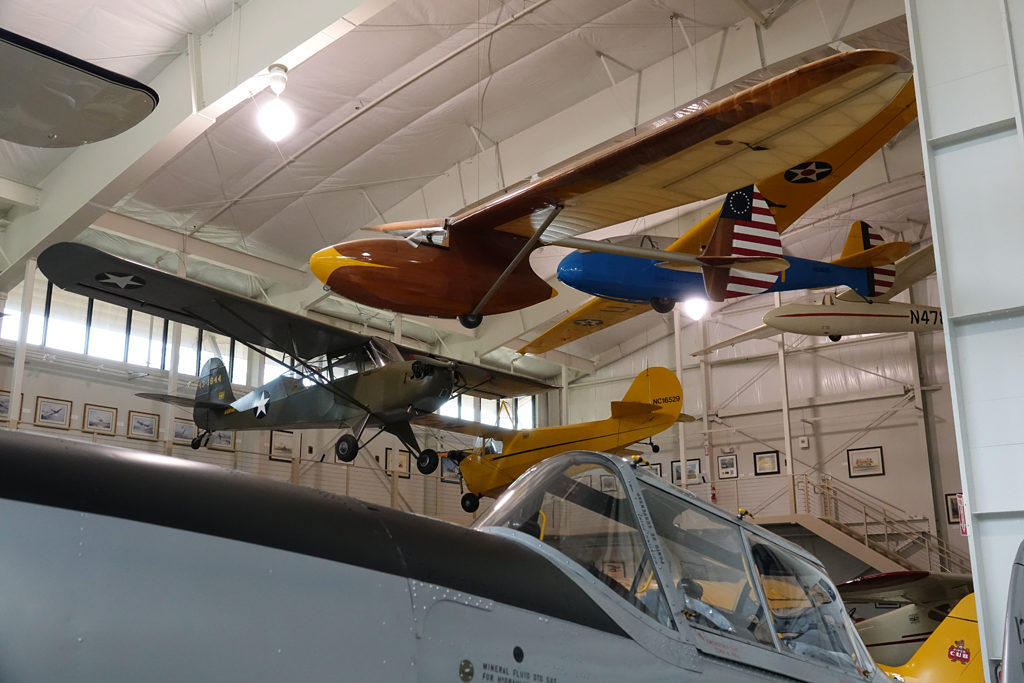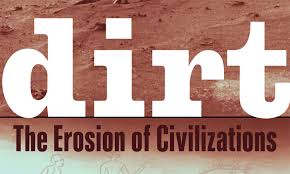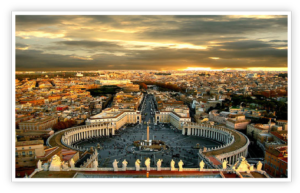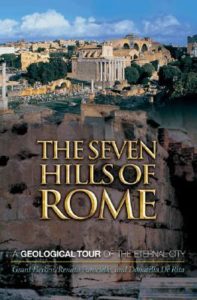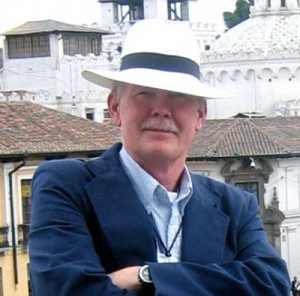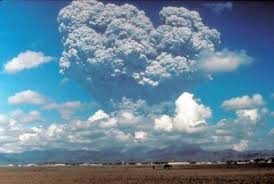
Sat. Sept, 29, 3-5 pm; John Pallister—VDAP & Volcanic Hazards to Aircraft
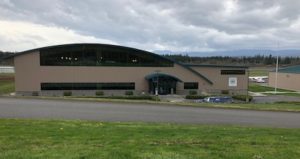 Meeting Location
Meeting Location
Port Townsend Aero Museum
105 Airport Road
Port Townsend
This special venue is a private museum dedicated to preserving aircraft history of the Pacific Northwest through restoration, maintenance, and repair of aircraft.
About the Lecture
In this talk, John Pallister (U.S. Geological Survey) will describe the Volcanic Disaster Assistance Program and how volcanic eruptions can have disastrous consequences for aircraft. Until recently, most radar systems did not image the ash plumes from volcanic eruptions and aircraft may well fly through the plume without prior warning. The silica-rich ash can destroy jet engines in minutes and lead to catastrophic results. Hence the link to the Aero Museum, which seemed to be a fitting venue for the talk. A $10 donation is required; this includes access to the museum at 3 pm and the hour-long talk starting at 4 pm.
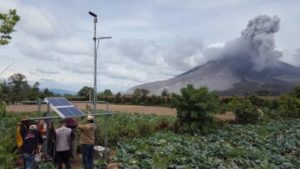 A telemetered, solar-powered scanning spectrometer was installed in 2016 at Sinabung Volcano in Sumatra, Indonesia. It measures sulfur dioxide gas emissions, which helps forecast volcanic activity. This is one of many activities sponsored by VDAP.
A telemetered, solar-powered scanning spectrometer was installed in 2016 at Sinabung Volcano in Sumatra, Indonesia. It measures sulfur dioxide gas emissions, which helps forecast volcanic activity. This is one of many activities sponsored by VDAP.
About the Speaker
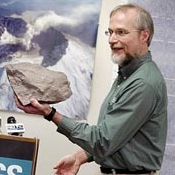 John Pallister is a recently retired Senior Reseach Geologist at the U.S. Geological Survey in Vancouver, WA. John has a long, varied and distinguished career, most recently as coordinator for the USGS’s VDAP program. VDAP is the Volcanic Disaster Assistance Program, an international project to monitor volcanic eruptions around the world.
John Pallister is a recently retired Senior Reseach Geologist at the U.S. Geological Survey in Vancouver, WA. John has a long, varied and distinguished career, most recently as coordinator for the USGS’s VDAP program. VDAP is the Volcanic Disaster Assistance Program, an international project to monitor volcanic eruptions around the world.
Aero Museum Photographs
Taken by David Pitts, Sept. 29, 2018
